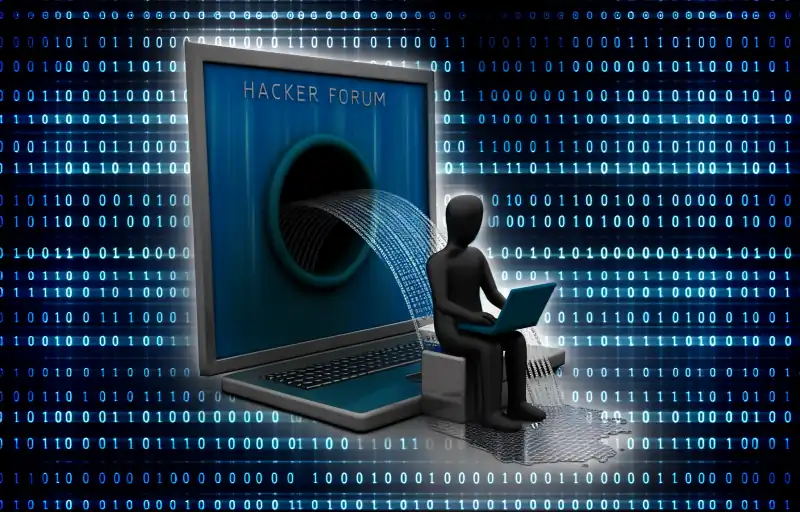
“Trello’s Data Leak: Sensitive User Information Exposed by Hacker ‘Emo'”
Trello Data Leak: What You Need to Know
Trello, a widely used project management tool developed by Atlassian, has experienced a major data breach, exposing sensitive user information. The leak came to light recently when a hacker using the alias “Emo” leaked 21.1 gigabytes of the company’s data on the notorious hacker and cybercrime platform, Breach Forums.
The leaked data includes email addresses, usernames, and hashed passwords of Trello users. It is believed that the breach occurred due to a misconfigured database that was left exposed to the internet without any password protection. This allowed the hacker to access and download the data without any authorization.
Trello has confirmed the breach and has stated that they are working with law enforcement agencies to investigate the incident. The company has also assured its users that they have taken immediate steps to secure their systems and prevent any further unauthorized access.
As a precautionary measure, Trello has reset the passwords of all affected users and has advised them to change their passwords on any other platforms where they may have used the same login credentials. The company has also recommended that users enable two-factor authentication for added security.
This breach serves as a reminder of the importance of cybersecurity and the need for companies to take proactive measures to protect their systems and user data. It also highlights the risks associated with using the same password across multiple platforms, as it can make it easier for hackers to gain access to multiple accounts.
For Trello users, it is important to remain vigilant and monitor their accounts for any suspicious activity. They should also be cautious of any phishing emails or messages that may attempt to exploit the breach and trick them into revealing their personal information.
The Trello data breach is just one of many high-profile incidents that have occurred in recent years, as cybercriminals continue to target companies and individuals for their valuable data. It is a stark reminder of the need for everyone to take cybersecurity seriously and to take steps to protect themselves online.
Users should take this opportunity to review their online security practices and ensure that they are taking all necessary precautions to protect their personal information.














